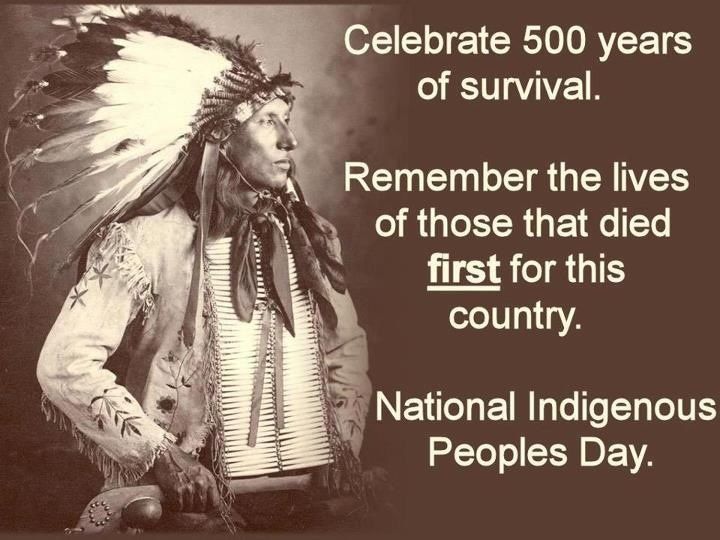Blog
A supernova. Last month, supernova SN 2023rve was discovered with UAE‘s Al-Khatim Observatory and later found to be consistent with the death explosion of a massive star, possibly leaving behind a black hole. Spiral galaxy NGC 1097 is a relatively close 45 million light years away and visible with a small telescope toward the southern constellation of the Furnace (Fornax). The galaxy is notable not only for its picturesque spiral arms, but also for faint jets consistent with ancient star streams left over from a galactic collision — possibly with the small galaxy seen between its arms on the lower left. The featured imagehighlights the new supernova by blinking between two exposures taken several months apart. Finding supernovas in nearby galaxies can be important in determining the scale and expansion rate of our entire universe — a topic currently of unexpected tension and much debate.
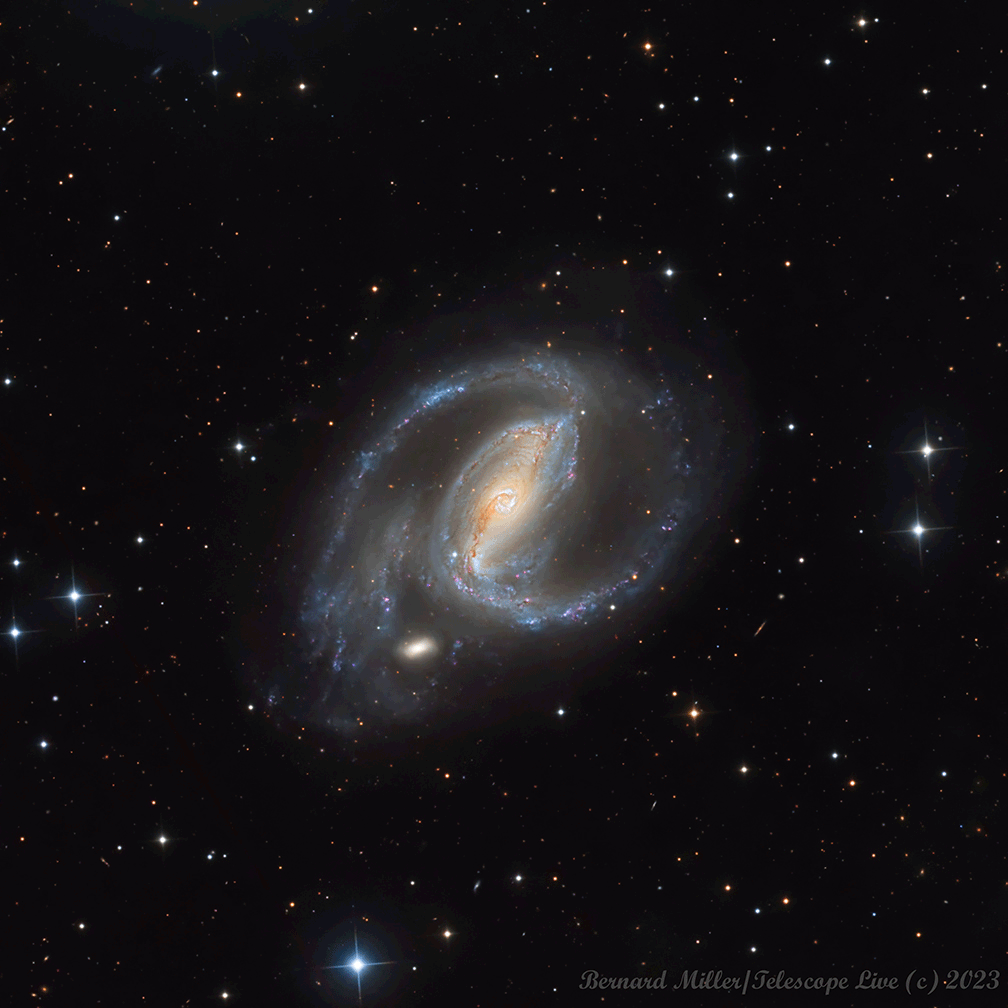
Lester Bowie (October 11, 1941 – November 8, 1999) was an American jazz trumpet player and composer. He was a member of the Association for the Advancement of Creative Musicians and co-founded the Art Ensemble of Chicago.
Born in the historic village of Bartonsville in Frederick County, Maryland, United States, Bowie grew up in St Louis, Missouri. At the age of five, he started studying the trumpet with his father, a professional musician. He played with blues musicians such as Little Milton and Albert King, and rhythm and blues stars such as Solomon Burke, Joe Tex, and Rufus Thomas. In 1965, he became Fontella Bass‘s musical director and husband. He was a co-founder of Black Artists Group (BAG) in St Louis.
In 1966, he moved to Chicago, where he worked as a studio musician, and met Muhal Richard Abrams and Roscoe Mitchell and became a member of the AACM. In 1968, he founded the Art Ensemble of Chicagowith Mitchell, Joseph Jarman, and Malachi Favors. He remained a member of this group for the rest of his life, and was also a member of Jack DeJohnette‘s New Directions quartet. He lived and worked in Jamaica and Nigeria, and played and recorded with Fela Kuti. Bowie’s onstage appearance, in a white lab coat, with his goatee waxed into two points, was an important part of the Art Ensemble’s stage show.
more...Billy Higgins (October 11, 1936 – May 3, 2001) was an American jazz drummer. He played mainly free jazzand hard bop. Higgins was born in Los Angeles, California, United States. Higgins played on Ornette Coleman‘s first records, beginning in 1958. He then freelanced extensively with hard bop and other post-bop players, including Donald Byrd, Dexter Gordon, Grant Green, Herbie Hancock, Joe Henderson, Don Cherry, Paul Horn, Milt Jackson, Jackie McLean, Pat Metheny, Hank Mobley, Thelonious Monk, Lee Morgan, David Murray, Art Pepper, Sonny Rollins, Mal Waldron, and Cedar Walton. He was one of the house drummers for Blue Note Records and played on dozens of Blue Note albums of the 1960s. He also collaborated with composer La Monte Young and guitarist Sandy Bull.
more...Arthur Blakey (October 11, 1919 – October 16, 1990) was an American jazz drummer and bandleader. He was also known as Abdullah Ibn Buhaina after he converted to Islam for a short time in the late 1940s.
Blakey made a name for himself in the 1940s in the big bands of Fletcher Henderson and Billy Eckstine. He then worked with bebop musicians Thelonious Monk, Charlie Parker, and Dizzy Gillespie. In the mid-1950s, Horace Silver and Blakey formed the Jazz Messengers, a group that the drummer was associated with for the next 35 years. The group was formed as a collective of contemporaries, but over the years the band became known as an incubator for young talent, including Freddie Hubbard, Wayne Shorter, Lee Morgan, Benny Golson, Kenny Dorham, Hank Mobley, Donald Byrd, Jackie McLean, Johnny Griffin, Curtis Fuller, Chuck Mangione, Chick Corea, Keith Jarrett, Cedar Walton, Woody Shaw, Terence Blanchard, and Wynton Marsalis. The Biographical Encyclopedia of Jazz calls the Jazz Messengers “the archetypal hard bop group of the late 50s.”
Blakey was inducted into the Down Beat Jazz Hall of Fame (in 1981). Posthumously, he was inducted into the Modern Drummer Hall of Fame in 1991 and the Grammy Hall of Fame (in 1998 and 2001). He was awarded the Grammy Lifetime Achievement Award in 2005.
Blakey was born on October 11, 1919, in Pittsburgh, Pennsylvania, probably to a single mother who died shortly after his birth; her name is often cited as Marie Roddicker, or Roddericker, although Blakey’s own 1937 marriage license shows her maiden name to have been Jackson. His biological father was Bertram Thomas Blakey, originally of Ozark, Alabama, whose family migrated northward to Pittsburgh sometime between 1900 and 1910. Blakey’s uncle, Rubi Blakey, was a popular Pittsburgh singer, choral leader, and teacher who attended Fisk University.
more...NGC 4565 (also known as the Needle Galaxy or Caldwell 38) is an edge-on spiral galaxy about 30 to 50 million light-years away in the constellation Coma Berenices. It lies close to the North Galactic Pole and has a visual magnitude of approximately 10. It is known as the Needle Galaxy for its narrow profile. First recorded in 1785 by William Herschel, it is a prominent example of an edge-on spiral galaxy.
NGC 4565 is a giant spiral galaxy more luminous than the Andromeda Galaxy. Much speculation exists in literature as to the nature of the central bulge. In the absence of clear-cut dynamical data on the motions of stars in the bulge, the photometric data alone cannot adjudge among various options put forth. However, its exponential shape suggested that it is a barred spiral galaxy. Studies with the help of the Spitzer Space Telescope not only confirmed the presence of a central bar but also showed a pseudobulge within it as well as an inner ring.
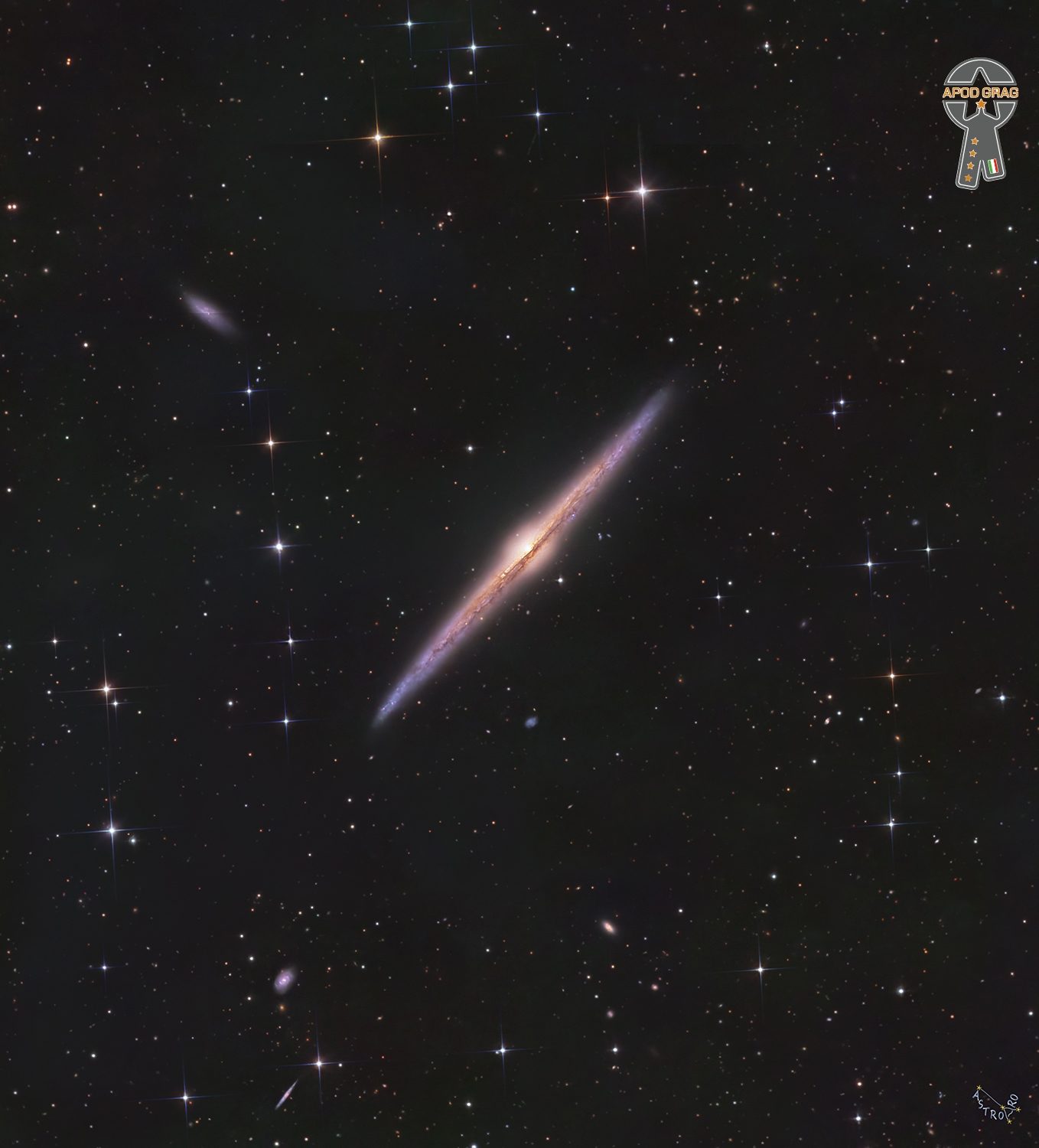
Ed Volker, aka Zeke (born October 10, 1948) is a singer, songwriter and keyboard player from New Orleans, Louisiana, and a founding member of the legendary New Orleans band, The Radiators. Volker is a prolific songwriter who has written hundreds of songs, including the majority of The Radiators’ original material, as well as many other songs that he reserves for his solo act.
Ed Volker on keys/vocals, Peter Ostroushko mandolin/violin, mick laBriola percussion & congas
more...John Edward Prine October 10, 1946 – April 7, 2020) was an American singer-songwriter of country-folk music. Widely cited as one of the most influential songwriters of his generation, Prine was known for his signature blend of humorous lyrics about love, life, and current events, as well as serious songs about melancholy tales from his life. His songs would often have elements of social commentary and satire. He was active as a composer, recording artist, live performer, and occasional actor from the early 1970s until his death.
Born and raised in Maywood, Illinois, Prine learned to play the guitar at age 14. He attended classes at Chicago’s Old Town School of Folk Music. After serving in West Germany with the U.S. Army, he returned to Chicago in the late 1960s, where he worked as a mailman, writing and singing songs first as a hobby and then as a club performer. A member of Chicago’s folk revival, a laudatory review by critic Roger Ebert built Prine’s popularity. Singer-songwriter Kris Kristofferson heard Prine at Steve Goodman‘s insistence, and Kristofferson invited Prine to be his opening act. Prine released his eponymous debut album with Atlantic Records in 1971, which was widely acclaimed. The album is today hailed as one of the best singer-songwriter albums of all time.
The acclaim Prine earned from his first LP led to three more albums for Atlantic. His 1975 record Common Sense was his first to chart on the Billboard U.S. Top 100. He then recorded three albums with Asylum Records. In 1981, he co-founded Oh Boy Records, an independent label which released all of his music up until his death. His final album, 2018’s The Tree of Forgiveness, debuted at #5 on the Billboard 200, his highest ranking on the charts.
Prine struggled with health issues throughout his life, surviving cancer twice. He passed away from complications caused by COVID-19 in 2020. Earlier the same year, Prine received the Grammy Lifetime Achievement Award.
Prine was the son of William Mason Prine, a tool-and-die maker, and Verna Valentine (Hamm), a homemaker, both originally from Muhlenberg County, Kentucky.
more...Julian Clifford Mance, Jr. (October 10, 1928 – January 17, 2021), known as Junior Mance, was an American jazz pianist and composer.
Mance was born in Evanston, Illinois. When he was five years old, Mance started playing piano on an uprightin his family’s home in Evanston.
Charlie Parker encouraged Mance to move to New York, which he did after saving money from working nearly a year at the Bee Hive. In 1954, Mance was asked to record with Dinah Washington after Wynton Kelly was drafted. Mance toured with Washington over the next two years and learned accompaniment technique from Washington’s arranger, Jimmy Jones. EmArcy released two LPs, Dinah Jams and Jam Session, from a live session recorded August 14–15, 1954 in Los Angeles with Mance, Washington, Clifford Brown, Clark Terry, Maynard Ferguson, Herb Geller, Harold Land, Richie Powell, Keter Betts, George Morrow, and Max Roach.
In 1956, Mance joined Cannonball Adderley’s first civilian band, along with Nat Adderley, Sam Jones, and Jimmy Cobb.[8] They made several recordings for EmArcy/Mercury over the next two years. Dinah Washington hired this group to back her on In the Land of Hi-Fi, and Mance also recorded sessions with Johnny Griffin, James Moody, and Wilbur Ware for Argo Records and Riverside during this period.
more...Thelonious Sphere Monk October 10, 1917 – February 17, 1982) was an American jazz pianist and composer. He had a unique improvisational style and made numerous contributions to the standard jazz repertoire, including “‘Round Midnight“, “Blue Monk“, “Straight, No Chaser“, “Ruby, My Dear“, “In Walked Bud“, and “Well, You Needn’t“. Monk is the second-most-recorded jazz composer after Duke Ellington.
Monk’s compositions and improvisations feature dissonances and angular melodic twists and are consistent with his unorthodox approach to the piano, which combined a highly percussive attack with abrupt, dramatic use of switched key releases, silences, and hesitations.
Monk’s distinct look included suits, hats, and sunglasses. He also had an idiosyncratic habit during performances: while other musicians continued playing, Monk would stop, stand up, and dance for a few moments before returning to the piano.
Monk is one of five jazz musicians to have been featured on the cover of Time (the others being Louis Armstrong, Dave Brubeck, Duke Ellington, and Wynton Marsalis).
Thelonious Sphere Monk was born on October 10, 1917, in Rocky Mount, North Carolina, the son of Thelonious (or Thelious) and Barbara Monk. His sister, Marion, had been born two years earlier. His birth certificate spelled his first name as “Thelious” and did not list his middle name, taken from his maternal grandfather, Sphere Batts.
more...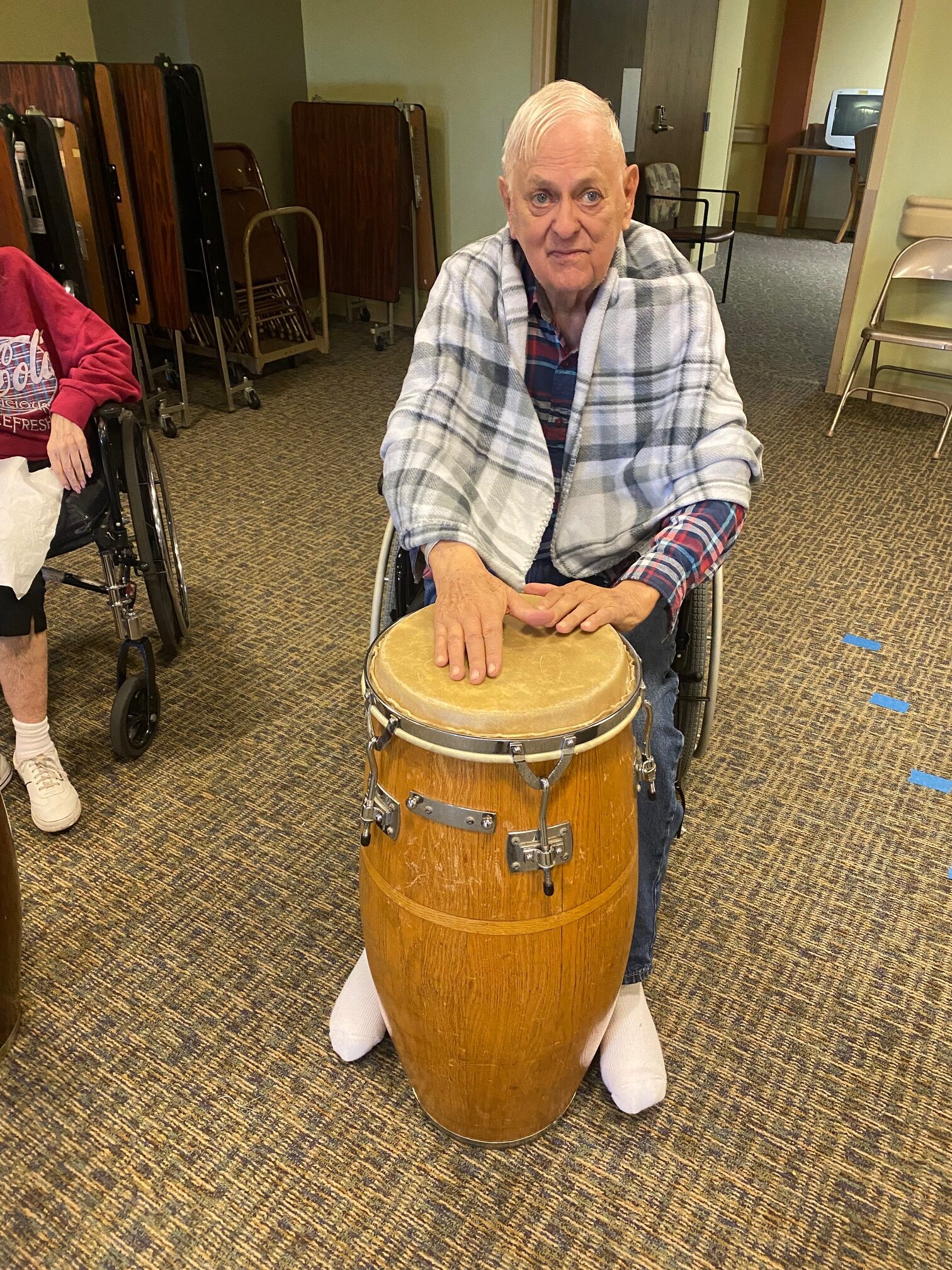
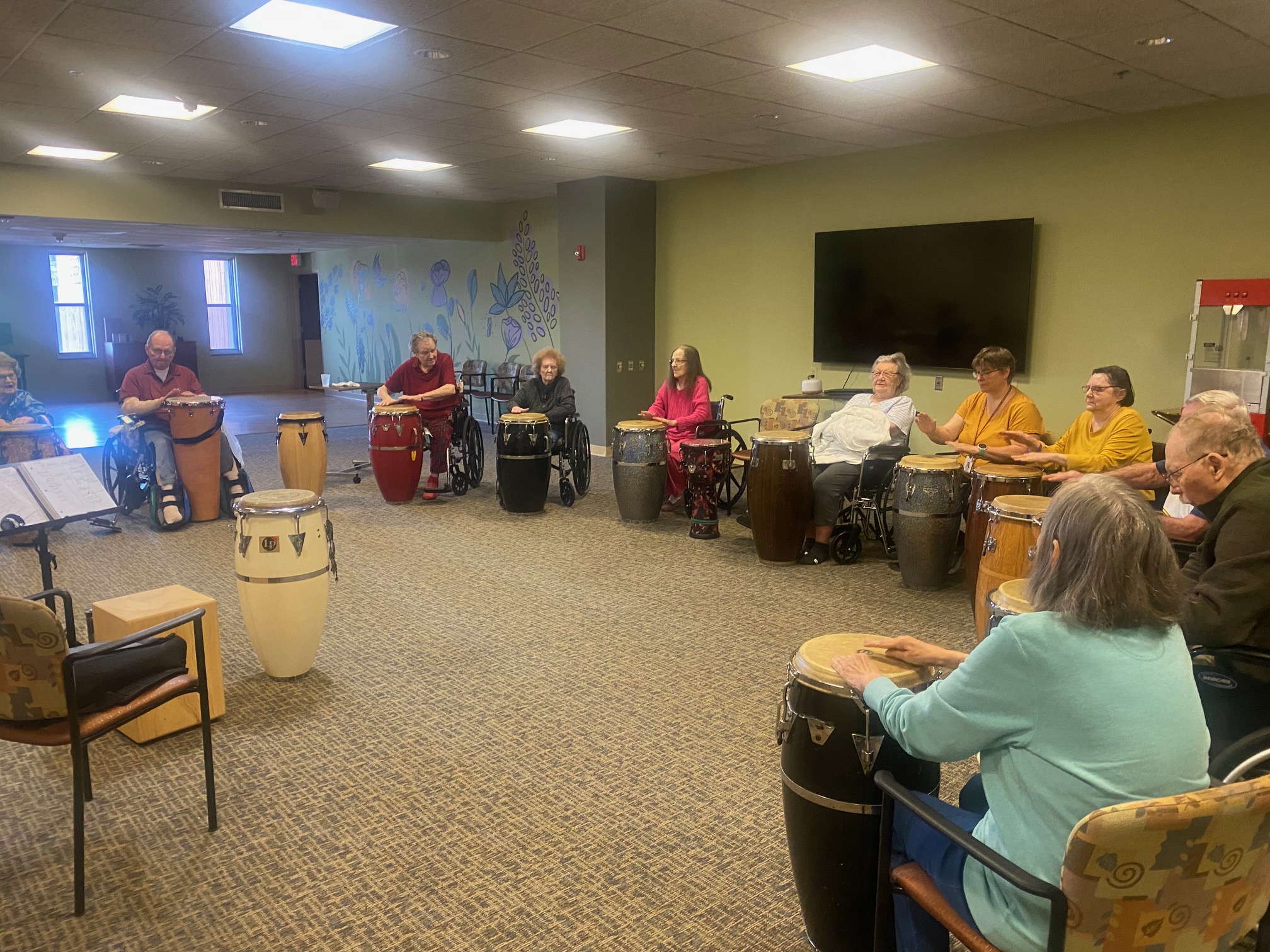
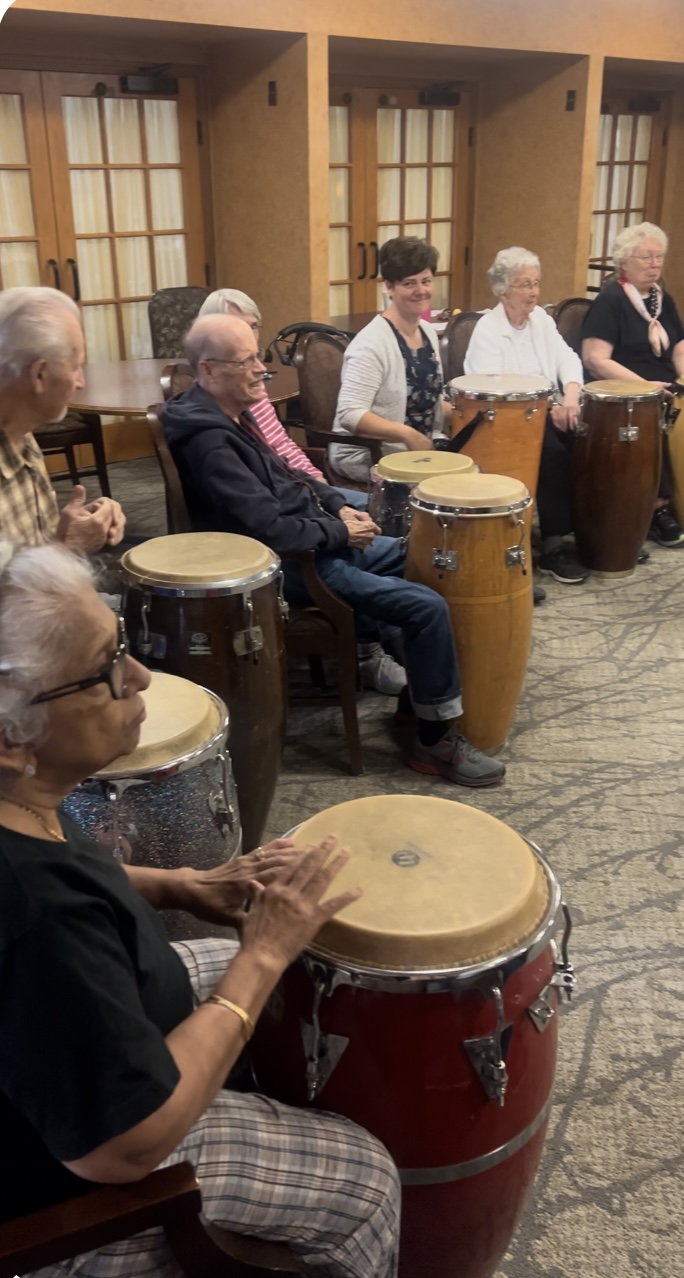
This spectacular image shows a region called G35.2-0.7N, which is known as a hotbed of high-mass star formation. The kind of stars that form here are so massive that they will end their lives as destructive supernovae. However, even as they form they greatly impact their surroundings. At least one B-type star — the second most massive type — lurks within the region pictured here, and a powerful protostellar jet that it is launching towards us is the source of the spectacular light show. The image was taken with the Wide Field Camera 3 (WFC3), which is mounted on the NASA/ESA Hubble Space Telescope, and the region G35.2-0.7N lies around 7200 light-years from Earth in the constellation Aquila.
This beautiful picture was assembled using data that were collected primarily for very specific research purposes, as are many of the Hubble Pictures of the Week. The research conducted using these data included measuring the extent of ionisation in the jets being blasted out of the protostar buried within G35.2-0.7N. Ionisation is a process by which atoms or molecules become charged, often because they are in such a high-energy environment that they have lost some of their electrons (the tiny negatively charged particles that orbit nuclei in atoms and molecules). Protostellar jets are enormous collimated beams of matter that are ejected from protostars. Collimated simply means that the matter is ejected in parallel (column-like) streams, which in turn means that the jets do not spread out much, but extend out very far in relatively straight lines.
The visual result of the ejected matter is the glorious display visible in this image. Much of the nebula is dark, with light being blocked from Hubble’s view by the rich dust clouds that produce these massive stars. Near the very centre can be seen the location of the star and the jet of material it is emitting. The small, bright orange streak there is a cavity in the dust carved out by the ferocity of the jet as it streams towards us. By breaking through its dusty cocoon, the jet reveals light from the protostar, but there is still so much dust that the light is “reddened” to a fiery orange. The massive protostar lies at the very lower-left tip of this cavity.
[Image Description: A nebula with stars. Dense clouds of dust and gas cover the left-hand side and a filament crosses the centre horizontally. Billowing streams of gas and dust in various colours emerge from around the centre. The very centre of the image is permeated with glowing orange regions. Many blue stars with cross-shaped spikes lie in the foreground, and small point-like stars are visible beyond the clouds.]
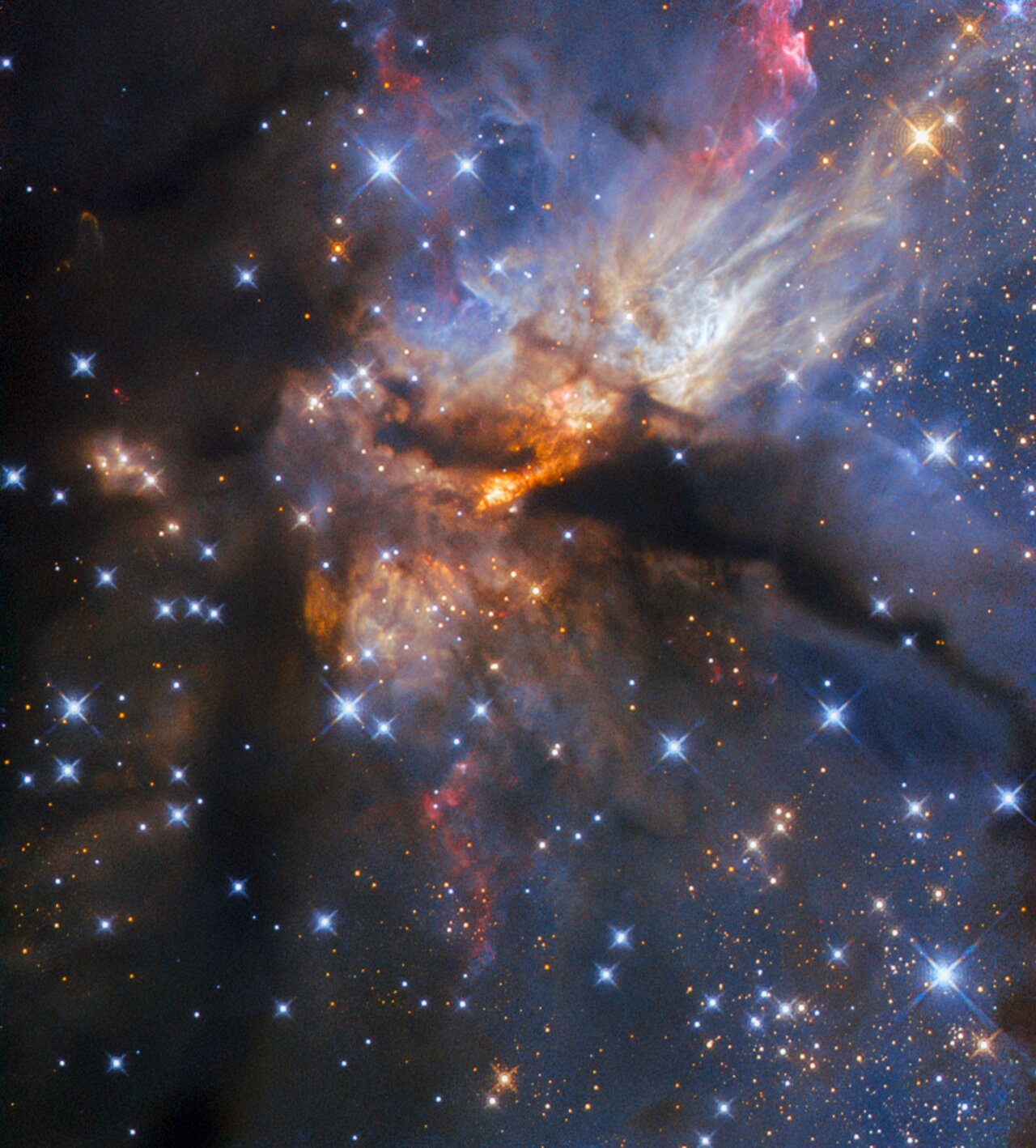
more...
Ini Kamoze (/ˈaɪni kəˈmoʊzi/ EYE-nee kə-MOH-zee, born Cecil Campbell; 9 October 1957) is a Jamaican reggae artist who began his career in the early 1980s and rose to prominence in 1994 with the signature song “Here Comes the Hotstepper“. The single topped the US Billboard Hot 100 as well as record charts in Denmark and New Zealand, reaching number four on the UK Singles Chart.
He made his first single, “World Affairs”, in 1981. Kamoze then released a 12-inch single “Trouble You A Trouble Me”/”General” in 1983.
more...John Winston Ono Lennon (born John Winston Lennon; 9 October 1940 – 8 December 1980) was an English singer, songwriter, musician and peace activist who gained worldwide fame as the founder, co-songwriter, co-lead vocalist and rhythm guitarist of the Beatles. Lennon’s work included music, writing, drawings, and film. His songwriting partnership with Paul McCartney remains the most successful in history.
Born in Liverpool, Lennon became involved in the skiffle craze as a teenager. In 1956, he formed The Quarrymen, which evolved into the Beatles in 1960. Sometimes called “the smart Beatle”, Lennon initially was the group’s de facto leader, a role he gradually ceded to McCartney. Through his songwriting in the Beatles, Lennon embraced a myriad of musical influences, initially writing and co-writing rock and pop-oriented hit songs in the band’s early years, then later incorporating experimental elements into his compositions in the latter half of the Beatles’ career as his songs became known for their increasing innovation. Lennon soon expanded his work into other media by participating in numerous films, including How I Won the War, and authoring In His Own Write and A Spaniard in the Works, both collections of nonsense writings and line drawings. Starting with “All You Need Is Love“, his songs were adopted as anthems by the anti-war movement and the larger counterculture of the 1960s. In 1969, he started the Plastic Ono Band with his second wife, the multimedia artist Yoko Ono, held the two-week-long anti-war demonstration Bed-ins for Peace, and left the Beatles to embark on a solo career.
Between 1968 and 1972, Lennon and Ono collaborated on many works, including a trilogy of avant-gardealbums, several more films, his solo debut John Lennon/Plastic Ono Band, and the international top-10 singles “Give Peace a Chance“, “Instant Karma!“, “Imagine“, and “Happy Xmas (War Is Over)“. Moving to New York City in 1971, his criticism of the Vietnam War resulted in a three-year deportation attempt by the Nixon administration. Lennon and Ono separated from 1973 to 1975, during which time he produced Harry Nilsson‘s album Pussy Cats. He also had chart-topping collaborations with Elton John (“Whatever Gets You thru the Night“) and David Bowie (“Fame“). Following a five-year hiatus, Lennon returned to music in 1980 with the Ono collaboration Double Fantasy. He was murdered by a Beatles fan, Mark David Chapman, three weeks after the album’s release.
As a performer, writer or co-writer, Lennon had 25 number-one singles in the Billboard Hot 100 chart. Double Fantasy, his best-selling album, won the 1981 Grammy Award for Album of the Year. In 1982, Lennon won the Brit Award for Outstanding Contribution to Music. In 2002, Lennon was voted eighth in a BBC history poll of the 100 Greatest Britons. Rolling Stone ranked him the fifth-greatest singer and 38th greatest artist of all time. He was inducted into the Songwriters Hall of Fame (in 1997) and the Rock and Roll Hall of Fame(twice, as a member of the Beatles in 1988 and as a solo artist in 1994).
more...Jesús Valdés Rodríguez, better known as Chucho Valdés (born October 9, 1941), is a Cuban pianist, bandleader, composer and arranger whose career spans over 50 years. An original member of the Orquesta Cubana de Música Moderna, in 1973 he founded the group Irakere, one of Cuba’s best-known Latin jazzbands.
Both his father, Bebo Valdés, and his son, Chuchito, are pianists as well. Married to Lorena Salcedo since 2009. As a solo artist, he has won seven Grammy Awards and four Latin Grammy Awards.
more...More Posts
- Semmangudi Srinivasa Iyer Day
- World Music with Alim Qasimov
- Daily Roots with Jah Mel
- The Cosmos with NGC 2798
- Charles McPherson Day
- Billy Taylor Day
- World Fusion with La Cuneta Son Machin
- Daily Roots with Winston Jarrett
- New Orleans Legend Art Neville Dies
- The Cosmos with M82
- Allison Krauss Day
- Steve Lacy Day
- Champion Jack Dupree Day
- World Music with Benjamin Sylvestre Randafison
- Daily Roots with the Viceroys
- The Cosmos with SDSS 1430+1339
- Al Di Meola Day
- George Clinton Day
- Junior Cook Day
- World Music with Sedaa

